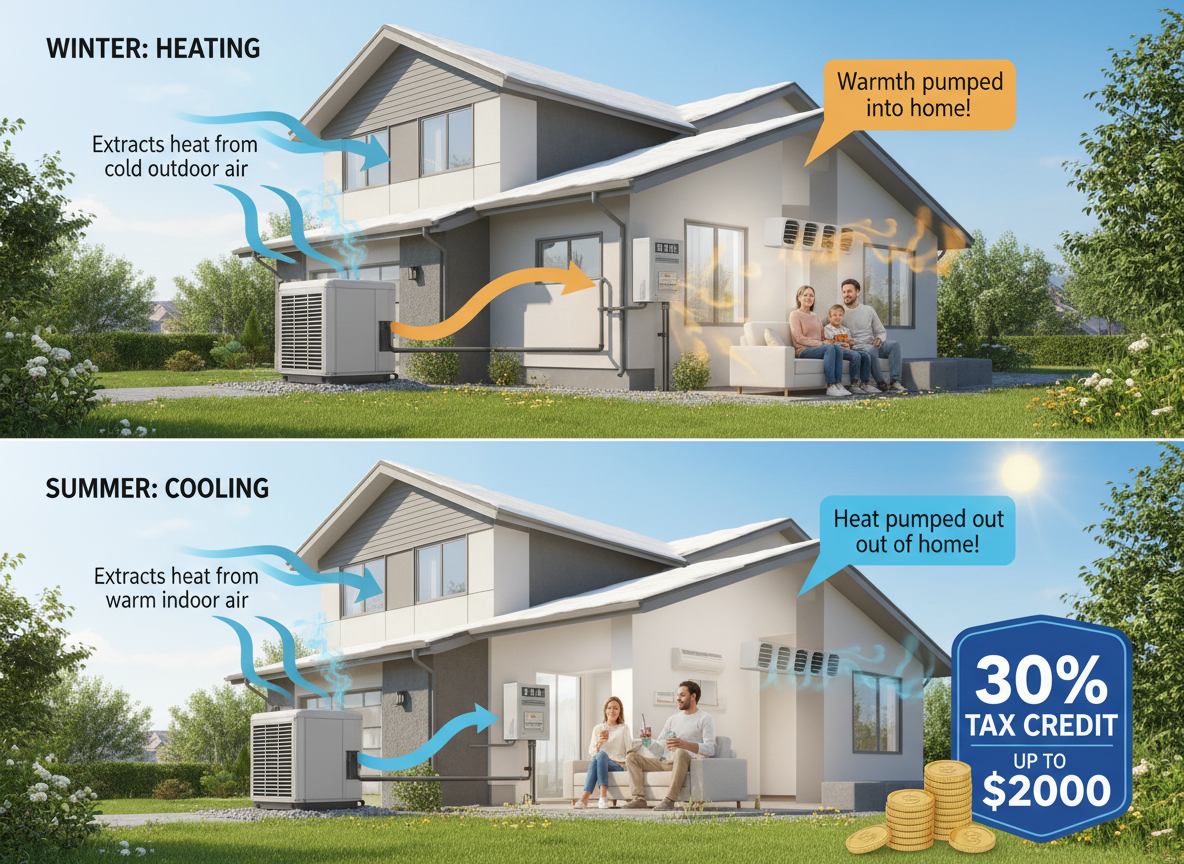
Experiencing your furnace blowing cold air instead of the comforting warmth you expect is frustrating, especially during the colder months in Calabasas. Several factors could contribute to this unexpected behavior, ranging from a simple issue like thermostat settings to more complex concerns involving the furnace's ignition system or other components. In this article we will explore common reasons why your furnace might be emitting cold air.
Flame Sensor
The flame sensor is a safety device in a gas furnace that detects the presence of a flame. Over time, dirt, dust, and other contaminants can accumulate on the surface of the flame sensor. This buildup can obstruct the sensor's ability to detect the flame properly, leading to malfunction. If it doesn't sense a flame, it shuts off the gas valve to prevent a potential buildup of gas. Like with any other component, over time the flame sensor can also experience wear and tear.
Regular maintenance, can help prevent flame sensor issues. If you suspect a problem with the flame sensor, it's advisable to consult a qualified HVAC technician for proper diagnosis and resolution.
Igniter Issues
The igniter is responsible for lighting the gas in your furnace, initiating the combustion process. The igniter itself may be faulty or damaged. Over time, igniters can wear out, develop cracks, or fail to produce sufficient heat to ignite the gas.
Inducer Motor
The inducer motor is responsible for creating a draft that safely removes combustion gases from the furnace. The inducer motor can fail due to wear and tear over time, electrical issues, or mechanical problems. Consult a qualified HVAC technician for furnace repair. They can perform a comprehensive inspection, diagnose the problem, and carry out any necessary repairs or replacements.
Control Board
The control board (also known as the circuit board or main control board) is a central component in the furnace that regulates various functions, including the operation of the blower motor, gas valve, and ignition system. The control board contains electrical components that may wear out or fail over time. Electrical malfunctions can disrupt the communication between different furnace components, affecting the heating process.
The control board uses relays to control the activation of various components. A faulty relay may prevent the proper functioning of the blower motor, inducer motor, or other critical elements. Burnt areas or damaged solder joints can interfere with the board's ability to transmit signals. Control boards may also fail due to wiring or programming issues.
Safety Switches
There are a few potential switches in a furnace system that could be causing the issue. The limit switch is a safety feature that turns off the burners if the heat exchanger becomes too hot. If the limit switch is tripped, it may shut off the burners, leading to the circulation of cold air. The pressure switch ensures proper airflow for combustion. If the vent or flue is blocked, it can cause the pressure switch to trip, preventing the furnace from igniting.
The fan limit switch controls the blower fan. If it malfunctions, the blower may not operate, leading to cold air circulation. The roll-out switch is a safety device designed to shut off the gas supply to the burners if it detects flames or excessive heat in the wrong areas of the furnace. It is best to consult with a professional for furnace repair who can properly diagnose which switch may be causing your furnace blowing cold air.
Contact LA Heating & Air For Expert Furnace Repair Services In San Fernando Valley and Surrounding Areas
Experiencing your furnace blowing cold air instead of the comforting warmth you expect can be a frustrating and chilly ordeal. Whether it's a malfunctioning flame sensor, igniter problems, inducer motor issues, control board malfunctions, switch problems, or roll-out switch concerns, prompt identification and resolution are crucial for restoring the furnace's proper function. Safety is crucial when dealing with heating systems, so it's best to seek professional assistance in Calabasas.
Give us a call or contact us online today. As your furnace ages sensors get dirty and the furnace gets dustier. Regular furnace maintenance, including cleaning components, checking for blockages, and inspecting wiring, can help prevent many of these issues. Addressing these issues promptly not only ensures a comfortable living environment but also contributes to the safety and efficiency of the heating system.
Furnace Blowing Cold Related Posts:






















.png)














